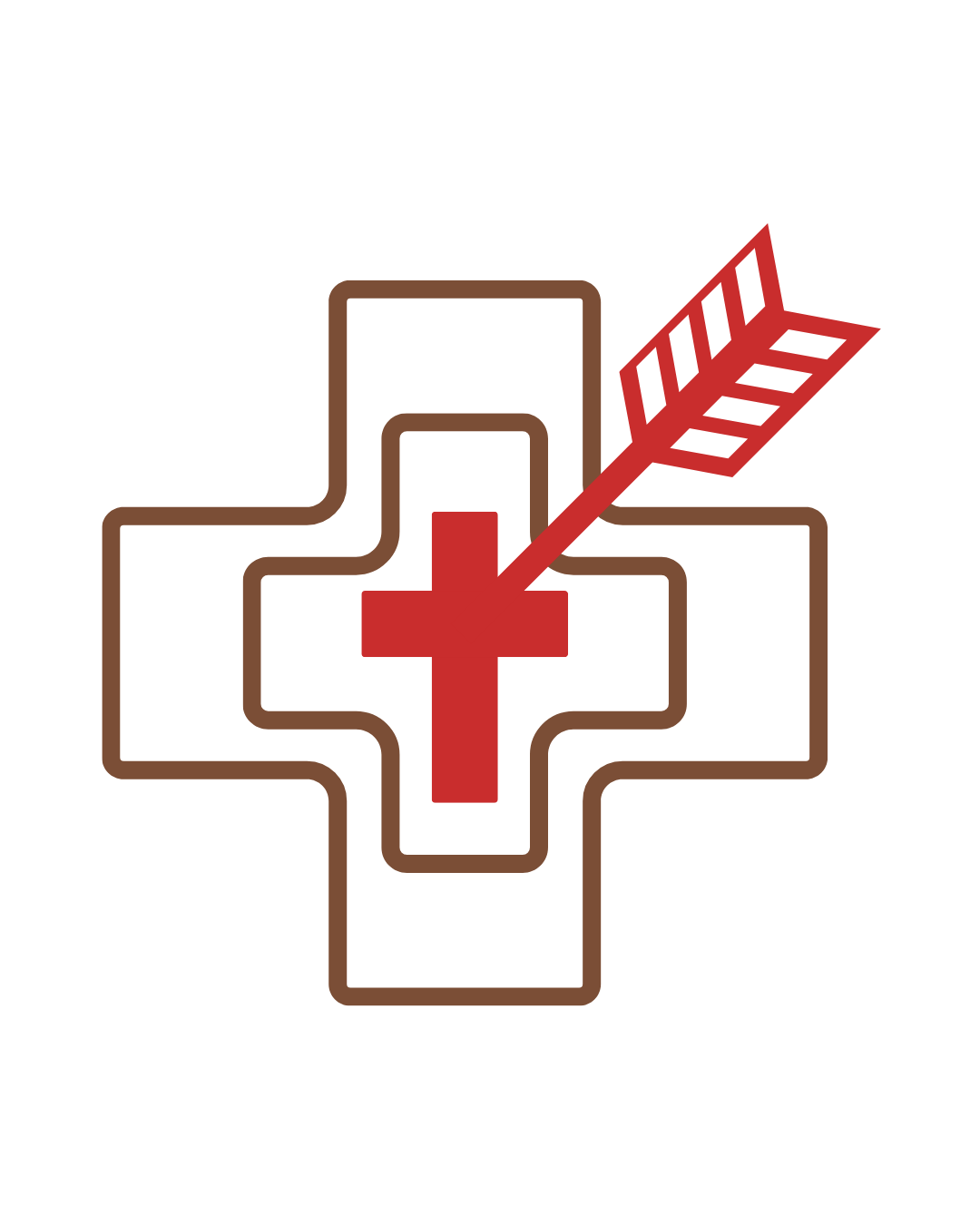The Top 5 Essential Skills Red Shot Medical Teaches on Mission Trips to Empower Local Healthcare Workers
- Red Shot Medical

- Oct 3
- 4 min read
In this article, we’ll cover why Red Shot Medical makes healthcare worker (HCW) education core to our programming and the top 5 skills we teach to make our mission work sustainable.
The Challenge With Short-Term Aid and Why Education Matters
Not all mission trips are the same. Most go in with good intentions, a desire to help those in need, but some mission work can inadvertently create a dependency between the local community and the incoming stakeholder. Many missions are missing a key element to make their impact truly meaningful: sustainability.

For a mission to be sustainable, the impact can’t end the moment the missionaries leave. This is why Red Shot Medical’s mission goes beyond simply providing care or materials to the people we serve. We empower local providers through the exchange of skills as well as time and materials. Education stays with a person no matter where they go or what resources they have.
Because available resources vary, we focus on high-impact skills that do not require a lot of overhead. Materials used in these procedures can easily fit inside a small backpack, and can be obtained through donation or improvised.
Hemorrhage Fundamentals: Mastering the Tourniquet and Pelvic Binder
Trauma can happen at any time, and the resulting blood loss can be life-threatening if not properly controlled, which is why we prioritize teaching two methods for bleeding control.
Injuries to the extremities (arms and legs) can occur from a variety of accidents during someone’s day-to-day life, as well as from active conflict in unstable or war-torn areas. To control life-threatening bleeding in the extremities, it is important to know how to correctly use and/or improvise a tourniquet (American Red Cross).
Similarly, a pelvic binder is used for hemorrhage control as well as for pelvic instability. A pelvic binder is used when there is evidence or concern of a fracture in the pelvis to stabilize the area and control bleeding (Life in the Fast Lane). Red Shot Medical teaches pelvic binding through the use of a sheet rather than premade pelvic binders, which makes the procedure accessible to those in resource-limited areas.
Resuscitation Essentials: Performing Confident CPR and Basic Airway Management
Proper CPR and airway management are also critical skills that providers in remote or austere conditions need to know.
We’ve all seen CPR in movies, but if that’s used as a guide for technique, the one administering CPR is not likely to be effective. According to the American Heart Association, immediate and proper CPR can triple a patient's chances of survival. CPR is not a gentle procedure, and must be approached with confidence and know-how to give the patient a chance of surviving until a higher level of care is obtained.

Red Shot Medical teaches basic airway management to help providers keep their patients breathing in facilities that have the existing capabilities or are planning to establish this capability. The methods taught include the placement of NPAs (nasopharyngeal airways) and OPAs (oropharyngeal airways), and basic BVN (bag-valve mask).
We also reinforce, when applicable, the methods from Helping Babies Breathe, to ensure a well-rounded education.
Identifying and Decompressing a Tension Pneumothorax
A tension pneumothorax occurs when air becomes trapped between the lung and chest wall, causing the lung to collapse, and this begins to put pressure on the heart, eventually causing hypotension. This condition is typically recognized by signs such as severe respiratory distress, unilateral breath sounds, distended neck veins, and tracheal deviation. This is an emergent condition that must be treated quickly to prevent cardiac arrest and restore lung function.
The field intervention for a tension pneumothorax is needle decompression. During needle decompression, a tension pneumothorax is converted to a simple pneumothorax as a catheter is inserted into the second intercostal midclavicular or fifth intercostal mid or anterior axillary space to release the pressure and allow the collapsed lung to inflate.
This is not a procedure that should be performed without proper training, but it is a lifesaving technique we bring to the providers we work with during our missions. We emphasize the importance of understanding the pathophysiology of the life-threatening conditions we are attempting to address. We also teach HCWs to reassess interventions and monitor patient progress.
The Red Shot Medical Difference

It is important to mention that all of these skills are stopgap measures, meant to increase the chances of keeping patients alive until they can reach a regional facility with definitive care capabilities.
This curriculum aims to help medical providers at various levels who are working in austere and remote conditions with limited resources. These top 5 skills focus on hemorrhage control and airway support until they can reach definitive care.
Our goal is to bring a sustainable impact that empowers communities and improves their health outcomes even after we leave the mission site. They can continue to practice these skills with each other, as well as pass them along to other local clinicians.
“Instruct the wise and they will be wiser still; teach the righteous and they will add to their learning.” - Proverbs 9:9
Next week, we’ll discuss the power of faith and prayer in healing.




Comments